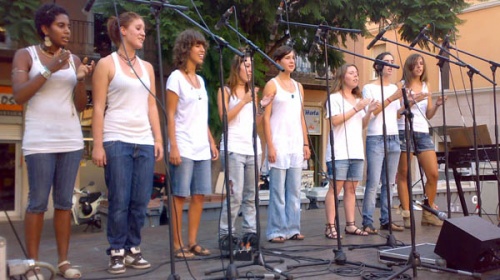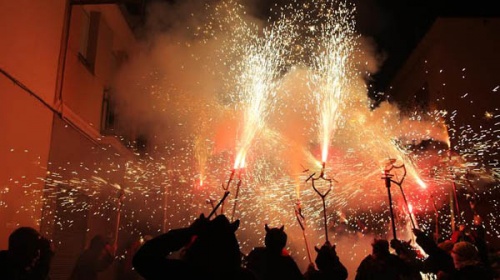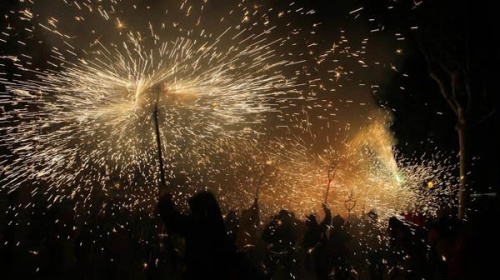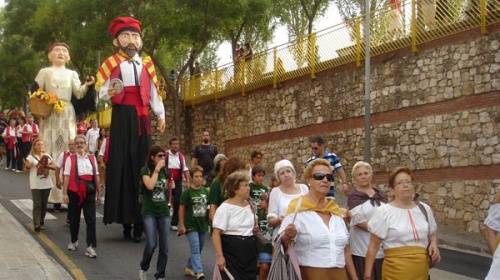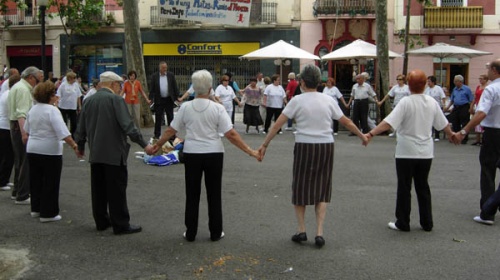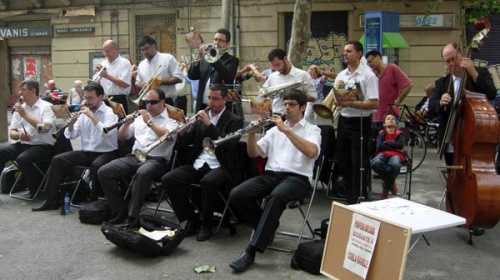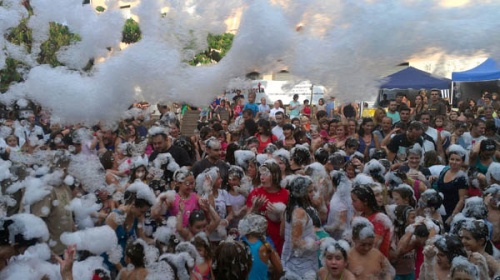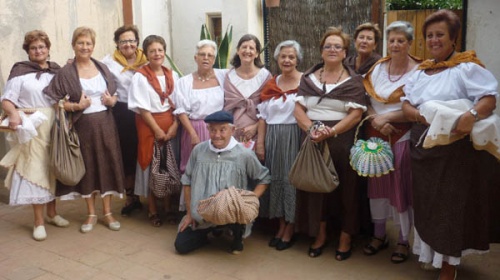Festa major d’Horta
Activity dates
Dates de celebració
First fortnight of September in the Horta neighbourhood, Horta-Guinardó district
Horta is the oldest neighbourhood in the district to which it lends its name, with references to it dating back to the 10th century. In the 16th century, the settlement began to grow in the area around Plaça d’Eivissa which is one of the nerve centres of the neighbourhood.
During the two-week-long festa major, the main festival, are all kinds of different events, including dances, concerts for young people, activities for kids, community meals, sporting contests, and scavenger hunts. The rich and varied popular culture of the neighbourhood also plays a very important role in the festival. All the local groups join together for the cercavila d'inauguració, the opening procession. And during the festival they put on dance shows and take part in the correfoc final, the fire run which brings the festival to a close.
Reason
As in many other places in the city, the origins of the festa major in Horta are religious. 10th September, 1731, saw the celebration of the first "peoples' vow", held in honour of Sant Gaudenci, one of the patron saints of the neighbourhood, in thanks for the gift of rain. Since then, each 10th September, the people of Horta renew their vow in a ceremony in the parish church of Sant Joan.
Did you know...
Sabies que...
The Horta-Guinardó's giantess is a washerwoman in homage to the work which many of the women of the neighbourhood did in the past. Horta was well-known for the quality of its water. For this reason, during the 19th and 20th centuries there were famous laundries in the area which washed clothes from all over the city.




